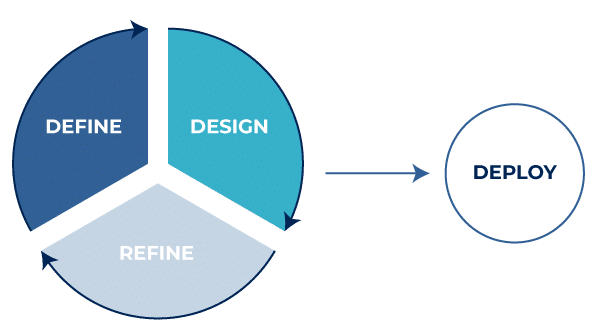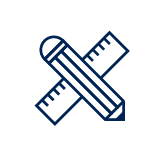Blogs
01 December 2021
Reading Time: 3 mins
Blogs
01 December 2021
Reading Time: 3 mins

Jon Darley
Director of Things
LinkedInMany IoT projects fail. And there are many reasons for failure. Connectivity is a major one.
In many ways, cellular connectivity is great for IoT – secure, reliable, widespread coverage. But in other ways, it’s not.
Mobile networks are designed for people and phones, not IoT. Mobile network operators operate in siloed geographies, governed by local regulators. With little interoperability between operators and constant change in the telecom landscape, it’s difficult for IoT deployments to operate smoothly.
We have overcome these obstacles to offer global, ubiquitous connectivity for IoT devices, but even our sophisticated AnyNet+ eSIM and Connectivity Management Platform can’t connect devices that aren’t designed properly for cellular connectivity. Device design is absolutely key and connectivity must be factored in from the start.
Moreover, it goes beyond connectivity. IoT devices may need to withstand extreme temperatures and wild weather, operate in remote or inaccessible areas, or last for a decade on a non-rechargeable battery.
Developing a working prototype is critical to IoT success. But this can take significant time – often 12-18 months. Many businesses fear their competitors will get to market first. And with no guarantee of a well-functioning device at the end, some are reluctant to invest in the process.
Designing IoT devices is hard. Finding an expert who understands the hardware and connectivity requirements can be the difference between an IoT project that succeeds and one that fails.
Here at Eseye, my team of engineers use our streamlined approach to fast-track a concept idea to a field-deployable working prototype in just 90 days.
The devices we design reach maturity (at least 1000 connections) in half the time achieved by most customers who design their own hardware.
Understanding all the requirements and constraints is vital. We outline some key considerations below.
Device design starts with understanding the goal of your IoT initiative. This goal drives the functionality and design of the device.
The Eseye service combines our in-depth hardware design skills and extensive connectivity expertise.

During this phase, we work with your stakeholders and specialists to understand and develop your business concept.
Our agile delivery methodology iterates through design, development, and testing. This delivers key benefits:
At the end of the agile prototyping phase, you have a device design that you can take forward with confidence for development, field trials and testing.
Our service provides:

We build a device using protocols that will support the interaction between sensors, devices, gateways, servers, and user applications that are needed for your project.

We build data security into our designs, including data encryption, managing updates, storage of sensitive security parameters

We help choose the best hardware to achieve your objectives, including battery optimisation, antenna selection, environmental constraints
The AnyNet solution gives zero-touch secure global connectivity, seamless integration to the cloud, and real-time automated monitoring and control.

IoT product from concept to a working prototype in just 90 days with our modular HERA300 IoT device and RAPIER approach.

We offer a bespoke service for more complex projects, for example, if you need specific components or advanced processing in your device.

If you have existing designs or devices, we offer advice on resolving issues or making improvements to enable your device to better meet your requirements.

Jon Darley
Director of Things
LinkedInJon is an IoT hardware expert with over thirty years of engineering experience. He is the driving force behind Eseye’s rapid prototyping approach, helping customers to reduce their time to market by 75% with a robust testing process.
The AnyNet solution gives zero-touch secure global connectivity, seamless integration to the cloud, and real-time automated monitoring and control.
Download solution paper